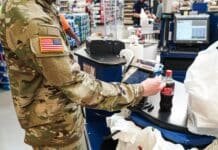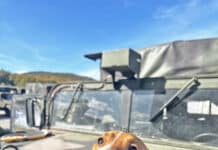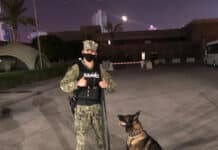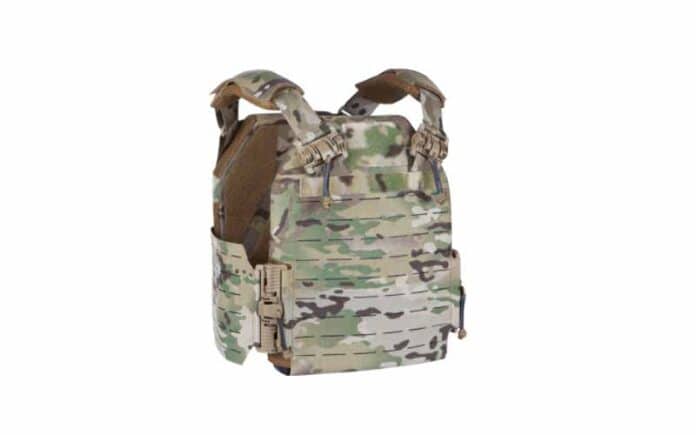Nowadays there are a lot of options on the market when it comes to body armor. From comfortable and covert to military-grade modular armor, everything is fairly accessible. But, just because you can pick your body armor for the remote battlefield doesn’t mean that you should.
The point of wearing bullet-resistant and ballistic armor is not to be protected against some abstract dangers somewhere half-way across the world. Rather, you should respond to the dangers you are likely to face and stay as mobile and as versatile as you can.
Today, there are generally three categories when picking out body armor:
- Covert and light to go incognito
- Medium armor for everyday work
- Hard plates for dangerous tasks
But, each of these has a wide spectrum within them. And to make matters worse, often it is better to expose yourself to a bit more risk if that means that you will be more effective in the field.
As always, the best way to be safe from any type of bullet is to never be shot in the first place.
Aiming for Protection
Fear is normal, fear is good, it is one of the primary emotions of all humans. But, you should never let fear cloud your judgment, as that can be a fatal mistake, especially in the field.
You might think you need NIJ Level IV hard plates for everyday policing, but unless you are policing the front lines against ISIS that is not the case. More than 9/10 attacks in the US are made with a 9mm pistol and you don’t need a lot to stop that.
For regular jobs, something like the UCV™ Universal Concealable Vest will be more than enough. And with both the vest and gear combined being under 8 pounds you won’t have an issue wearing it for the whole day, either covertly or in the open.
But, when you know that you will see rifles and penetrating rounds there will be no going around it. You will need hard plates of at least NIJ Level III and a good plate carrier from UARM to keep them protecting your vitals.
Focusing on the Mission
The second way to pick out your body armor is to focus on the types of mission you and your crew has. In most cases, this will mean going with something modular that can be adjusted for each particular sally, both when it comes to protection and the gear.
For missions in the open, you will want to stay light and mobile. Protecting your vitals and hoping for the best is usually the go-to option for any sufficiently trained operator.
But, if you are facing closed quarters and a lot of traps, you will need to wrap up. Thankfully, you don’t need a full bomb suit but can use modules to protect all of the arteries and organs that would keep you out of work if injured.
Finally, there is something to be said about the presentation. While how you look should never be the first point when picking out armor, it is often a good thing for others to see a show of force and to be discouraged before anything happens at all.
All content herein is owned by author exclusively. Expressed opinions are NOT necessarily the views of VNR, authors, affiliates, advertisers, sponsors, partners, technicians, or VT Network. Some content may be satirical in nature.
All images within are full responsibility of the author and NOT VNR.
Read Full Policy Notice - Comment Policy



























